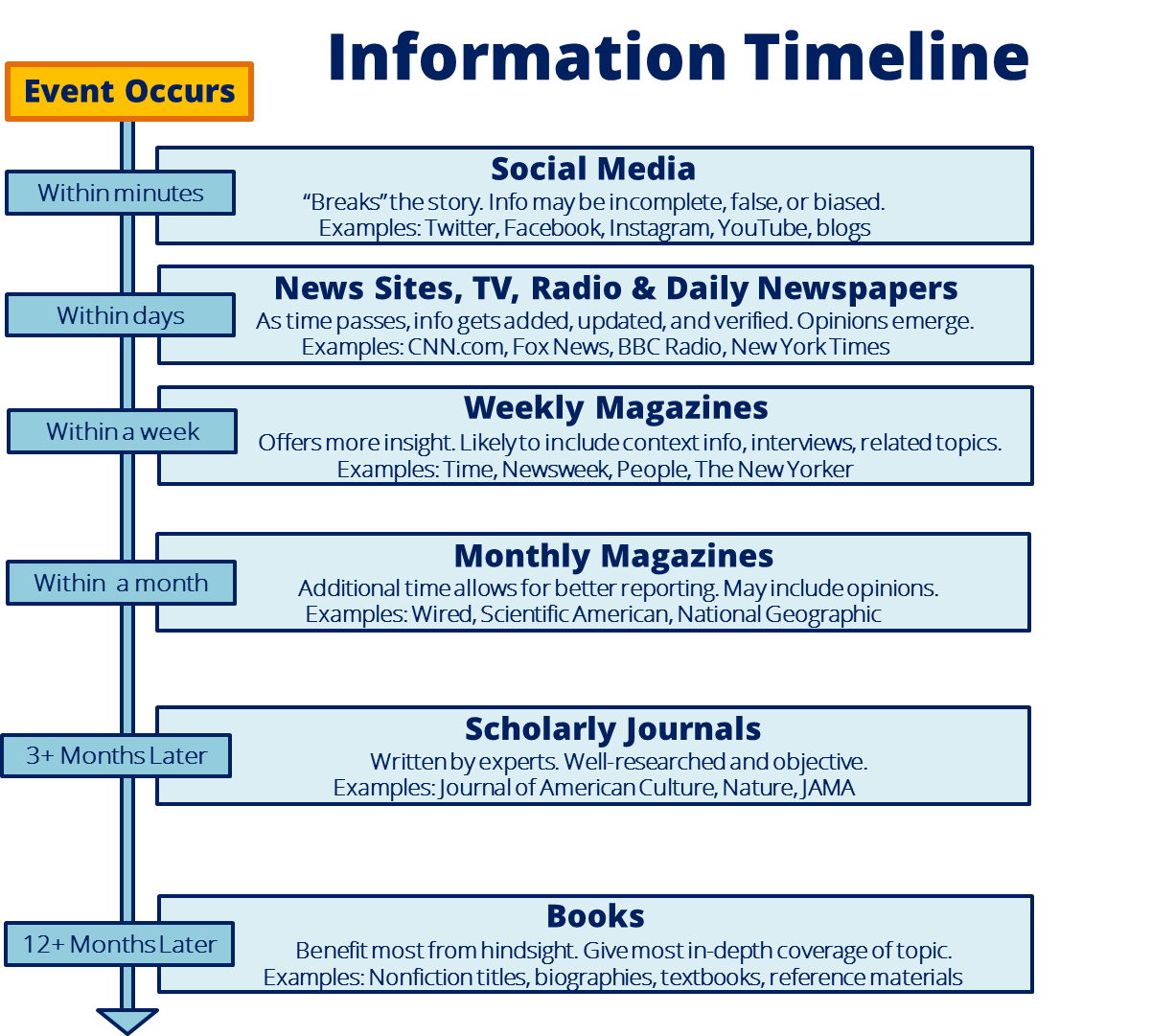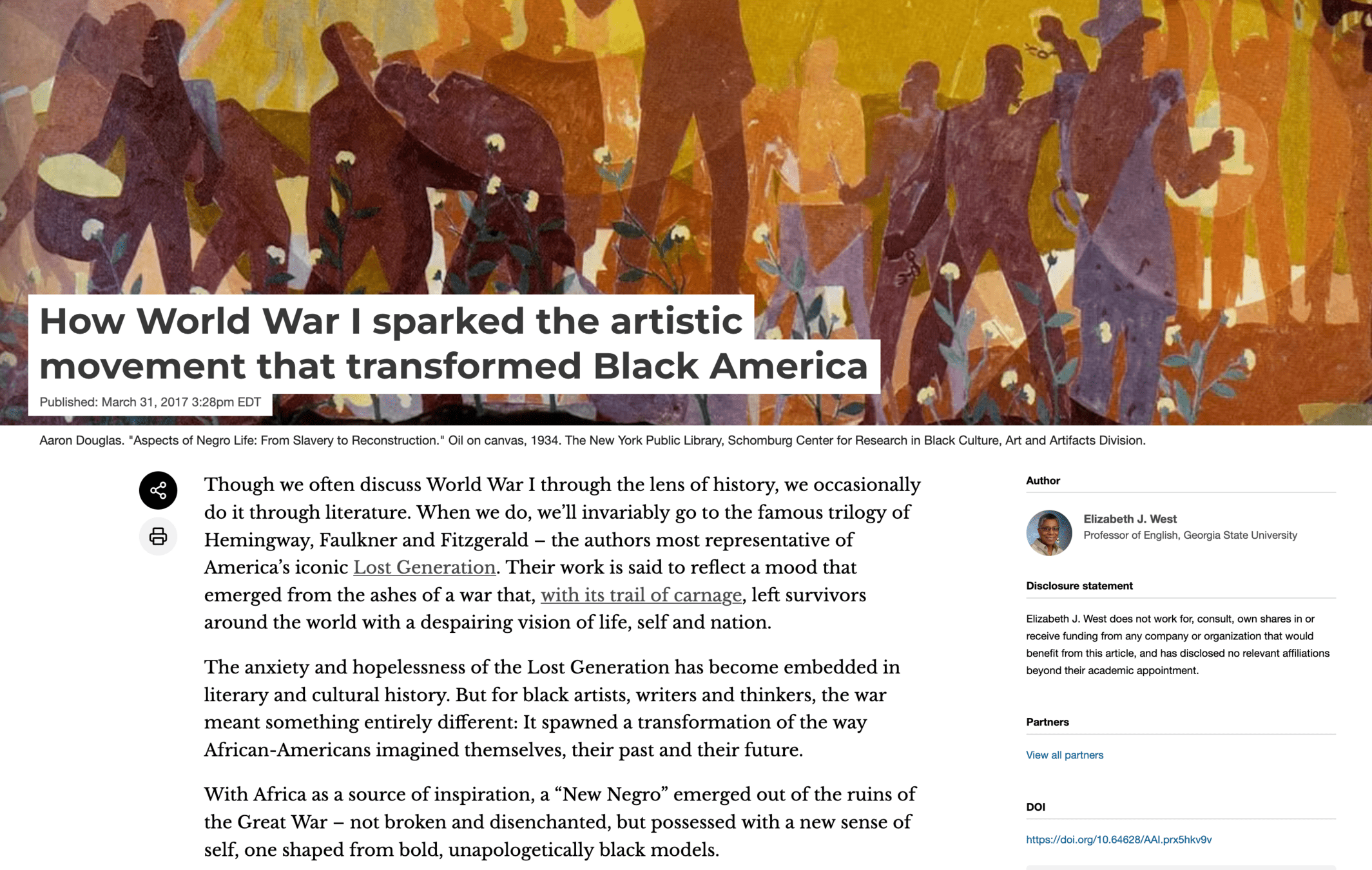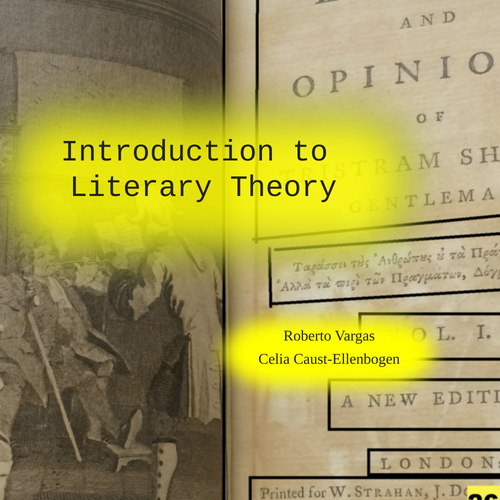Doing Research
Workshop for HIST 53:
History of the Black Body
Christina Bush (she/her)
Research & Instruction Librarian
Simon Elichko (they/he)
Social Sciences & Data Librarian
Workshop Agenda:
- Survey results
- Making sense of scholarly research
- Exploring the library
- Comparing research approaches
Survey Results

Making sense of scholarly research
Primary Document Analysis
The proposal must consist of a description of the document, a tentative argument, and a bibliography of at least
7 secondary sources.
A strong primary document analysis will include at least 3 scholarly sources (books or academic articles) that are not listed on the syllabus.
How do you know if a source is scholarly?
Information Timeline Graphic by adstarkel. Used under CC BY-NC-SA 2.0

Secondary Sources:
Books & Book Chapters
You'll often see chapters published in edited collections, for example:
Summers, Martin. “Diagnosing the Ailments of Black Citizenship: African American Physicians and the Politics of Mental Illness, 1895–1940.” In Precarious Prescriptions: Contested Histories of Race and Health in North America, edited by Martin Summers, Laurie B. Green, and John McKiernan-González, 91–114. University of Minnesota Press, 2014. http://www.jstor.org/stable/10.5749/j.ctt6wr7rq.8.



Secondary Sources: Journal Articles
Explore scholarly journals in Browzine and Tripod
Example articles:
Tompkins, Kyla Wazana. ""Everything'Cept Eat Us": The Antebellum Black Body Portrayed as Edible Body." Callaloo 30.1 (2007): 201-224.
Sullivan, Mecca Jamilah. "Fat Mutha: Hip Hop's Queer Corpulent Poetics." Palimpsest: A Journal on Women, Gender, and the Black International 2.2 (2013): 200-213.

Identifying scholarly books and articles
-
Who wrote it?
- Does the author have training in history? Another field?
- What kind of expertise do they have about the topic of the book?
-
Who published it?
- University presses such as Duke, Princeton, Oxford, Cambridge, Chicago, Penn, Rutgers, Wisconsin
- Non-university presses that often publish scholarly books include Routledge, Berghahn, Rowman and Littlefield, Springer/Palgrave
-
How does this source engage with other research?
- Do you see citations to other scholarship?
- Are there notes and/or references at the end of the book or article?
Exploring the library

source: McMaster University Library
Library Book Basics
Example call number:
HQ1163 .H55 2022
H: Social Sciences
| Call number starts with | Floor in McCabe |
|---|---|
| A-E | Lower Floor |
| F-K | 2nd Floor |
| L-Z | 3rd Floor |
Tutorial: How to find a book in McCabe
Getting a book from the library
- Take the paper with your book title and call number
- Scan the QR code to open the tutorial on finding a book in McCabe
- Use the call number to find your book on the shelf
- Take your book and bring it back to LibLab
When you exit LibLab, the stairs are to your left. The elevator is to your right.
1. Go to Tripod: swarthmore.edu/libraries
2. Search for your book's title to find its record in Tripod.
- Choose the result for the book itself, not a book review
- If you see multiple matching titles, choose the physical / paper copy
3. Explore the subjects used to describe your book.
- Scroll down to Details section. Find the section labeled Subject.
- Click on a subject tag. What do you find (if anything)? (e.g. African Americans -- Medical care)
How to find relevant books
Using subject tags in Tripod to find books on your topic
4. Scroll down to the Virtual Browse section
- What do you notice?
Borrowing & Reading Books

Some books in Tripod are available to read online.
You can borrow physical books from the TriCo libraries. Generally you can keep them for the semester.
If you login to Tripod, you'll see the option: Request Physical Copy.
The book will be brought to the library front desk for you, usually the next day. Works for Swarthmore, Bryn Mawr, and Haverford books.
1. Go to Worldcat.org
2. Search for your book in Worldcat. (example)
3. Look for the Subjects under "Show more information"
4. Click around and see what you find.
Worldcat is similar to Tripod, but it lets you search for books owned by libraries across the world.
What if you see a book you'd like to read?
First, check to make sure it's not in Tripod.
If it's not in Tripod, follow the link for Borrow Beyond TriCo.
The fastest way to request a book is through EZBorrow.
Another resource for finding books: Worldcat
TriCo
Login to Tripod to request delivery (arrives 1-2 days)
E-Z Borrow
Borrow from academic libraries in PA, NJ (arrives in ~1 week)
Borrow books, journals, microfilm, DVDs, etc. from all over the world. (arrives in 1-3 weeks)
Penn Drexel Temple NYU Rutgers
Swat Haverford Bryn Mawr
Oxford Columbia University of Amsterdam
Harvard Stanford Museum of Natural History
You can access materials from TriCo libraries and beyond
You can also request PDFs of articles & book chapters not owned in the TriCo.
Interdisciplinarity
Navigating this in practice
with research tools
Useful tools for finding
secondary sources:
Same search, different databases
One person at each table should search each database:
Everyone should try the same search:
black body
Once you have some results, compare with others at your table. What do you notice about the differences and similarities among JSTOR, Project Muse, and America History and Life?
How can you narrow down your searches and get better results?
Look for the filters available in your database:
Phrase searching: "black body" "African American"
Searching for related terms:
(art OR representation OR film) AND ("black body" OR "African American")
Special Collections & Primary Sources
Find descriptions of primary source materials you can view at the library
Think "JSTOR" - the materials are digitized & online.


Research Help & Advice
-
Make an appointment with Christina
- Email cbush1@swarthmore.edu
-
Make an appointment with Simon
- Email selichk1@swarthmore.edu
Special collections questions
- Contact specialcollections@swarthmore.edu
-
Make an appointment to look at materials, and/or talk with an archivist
More options:
- Email librarian@swarthmore.edu and your question will reach the right person
- Use Tripod Chat
Research workshop: History of the Black Body
By Swarthmore Reference
Research workshop: History of the Black Body
- 217





